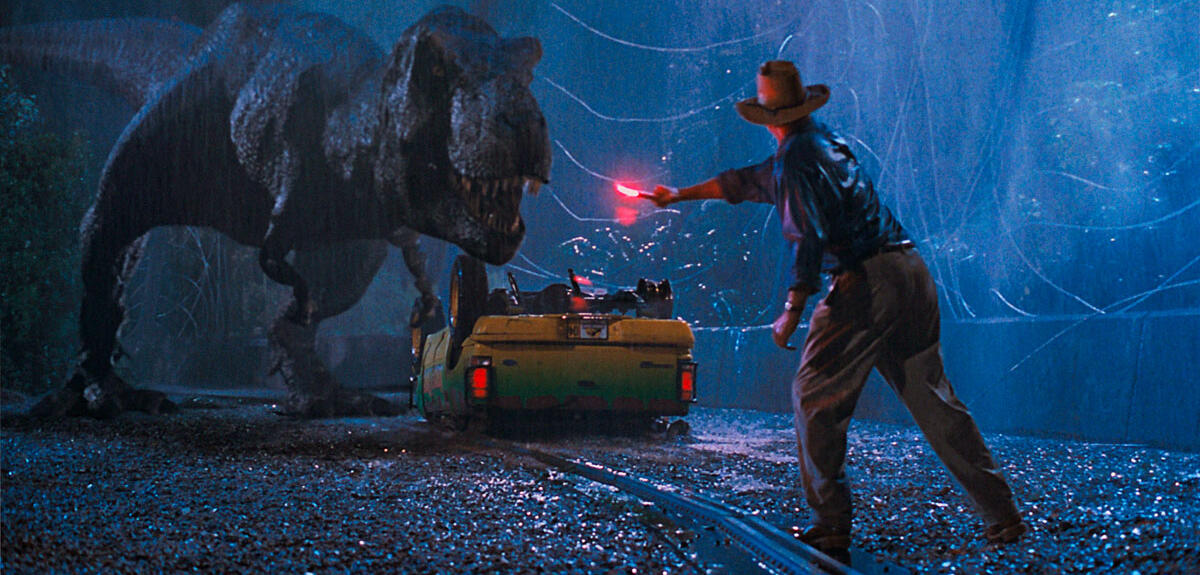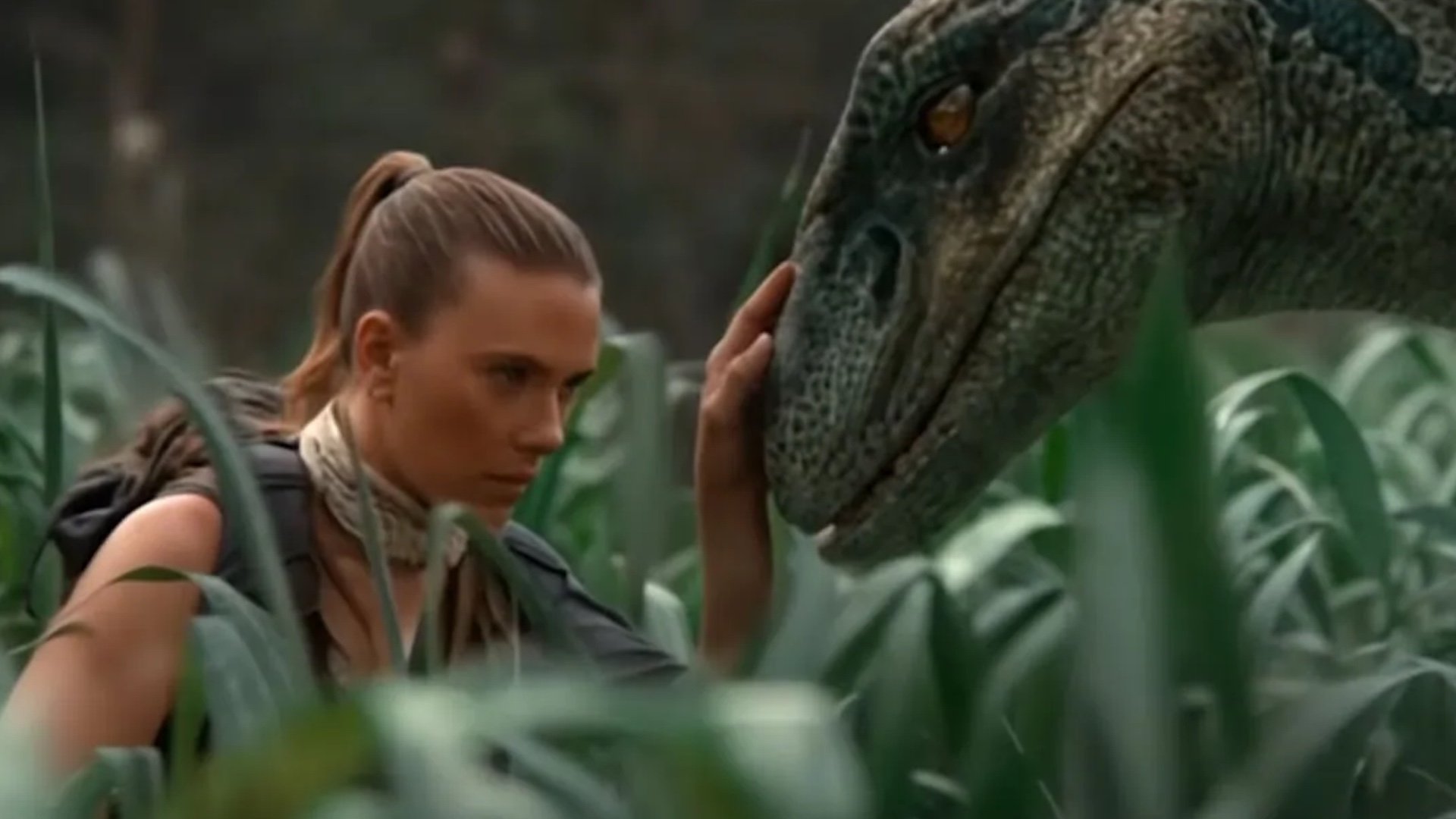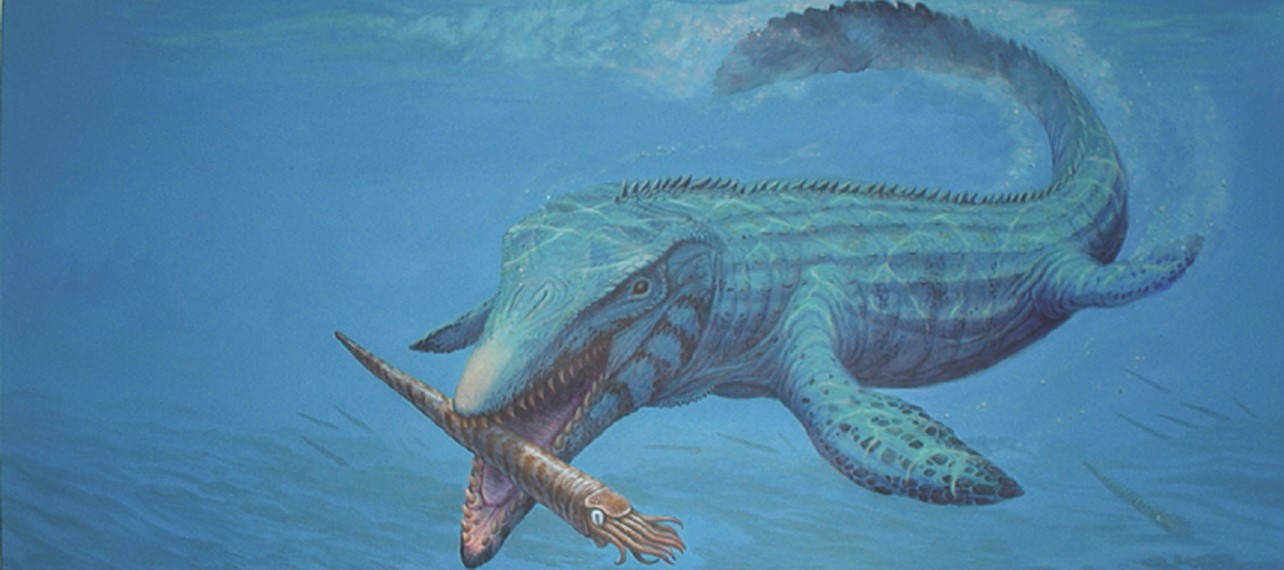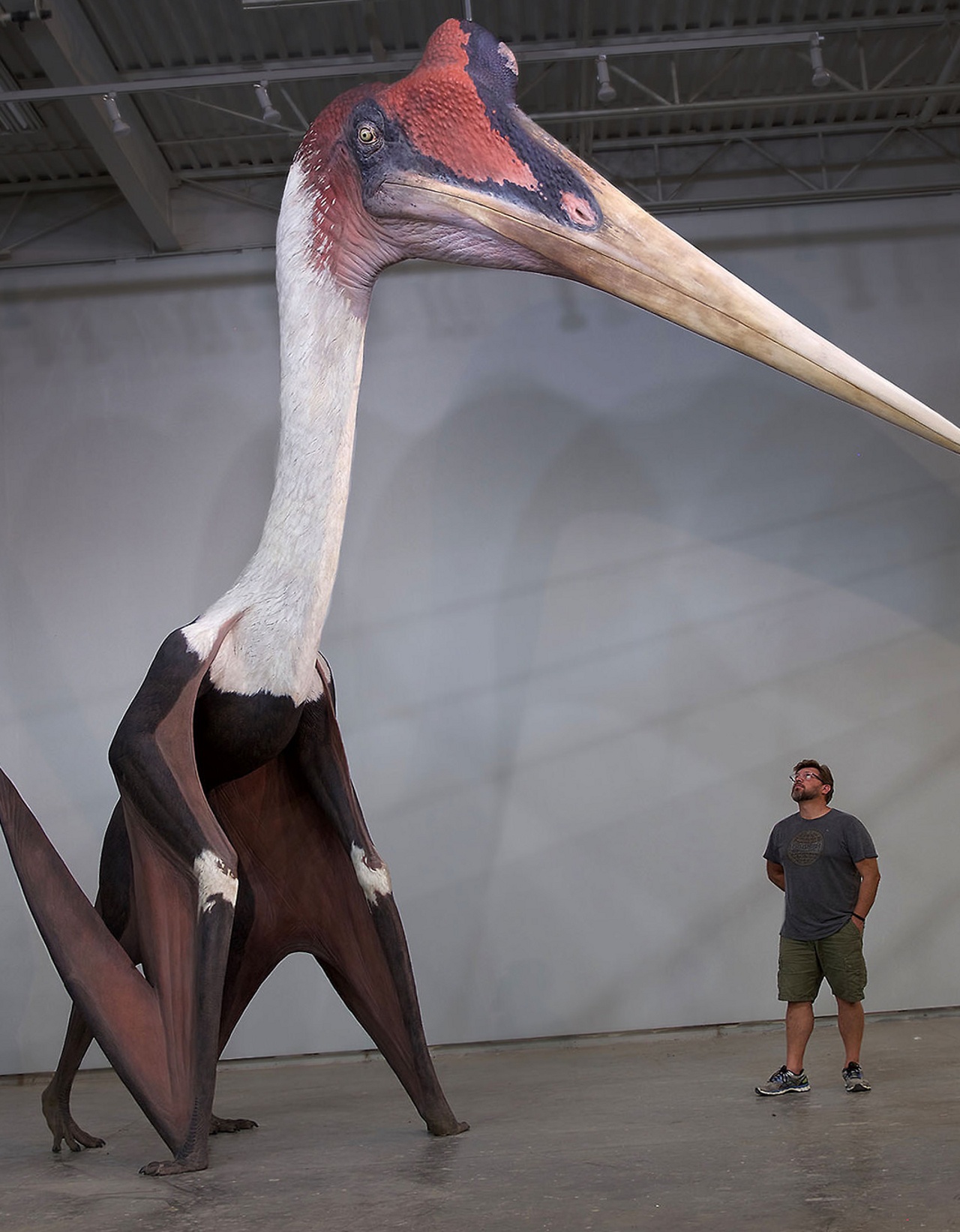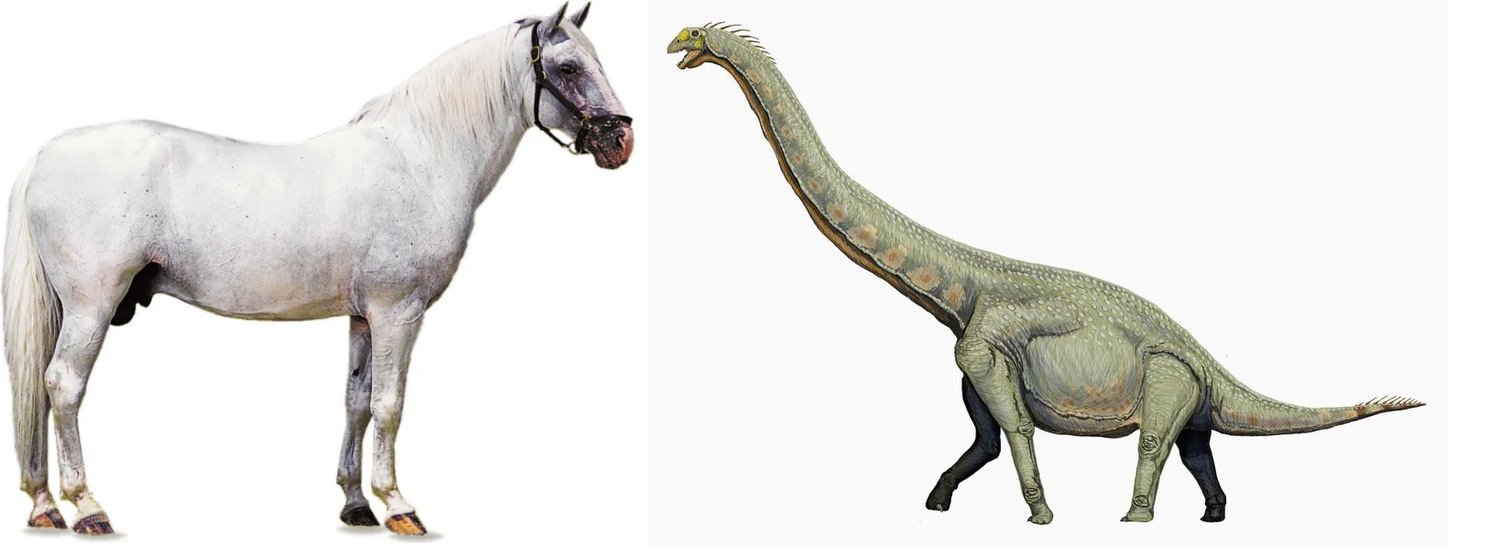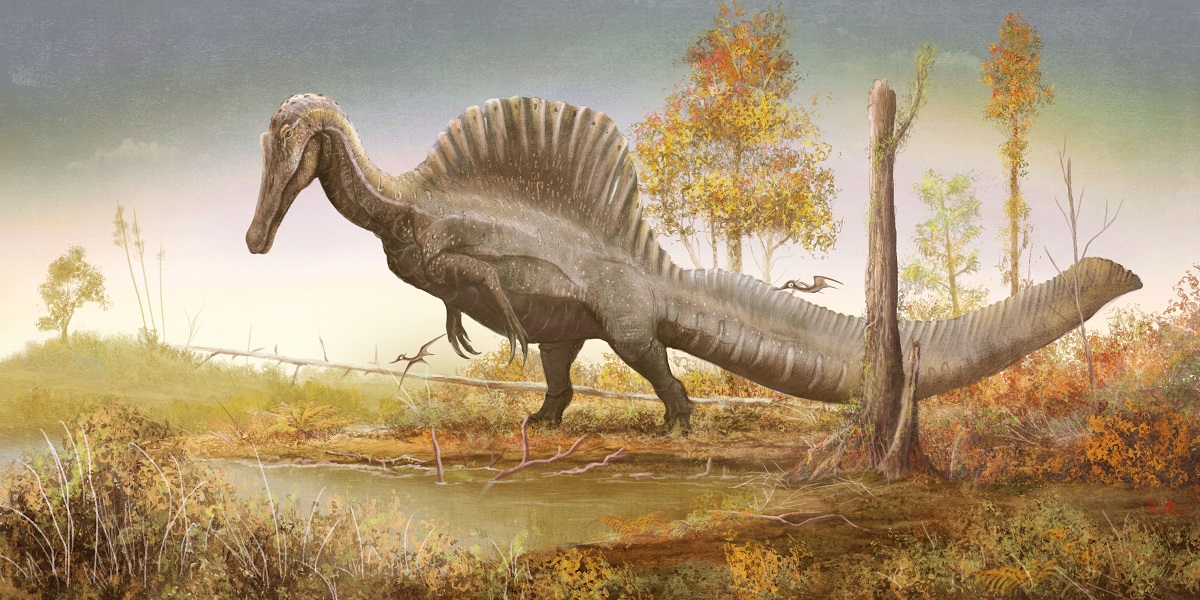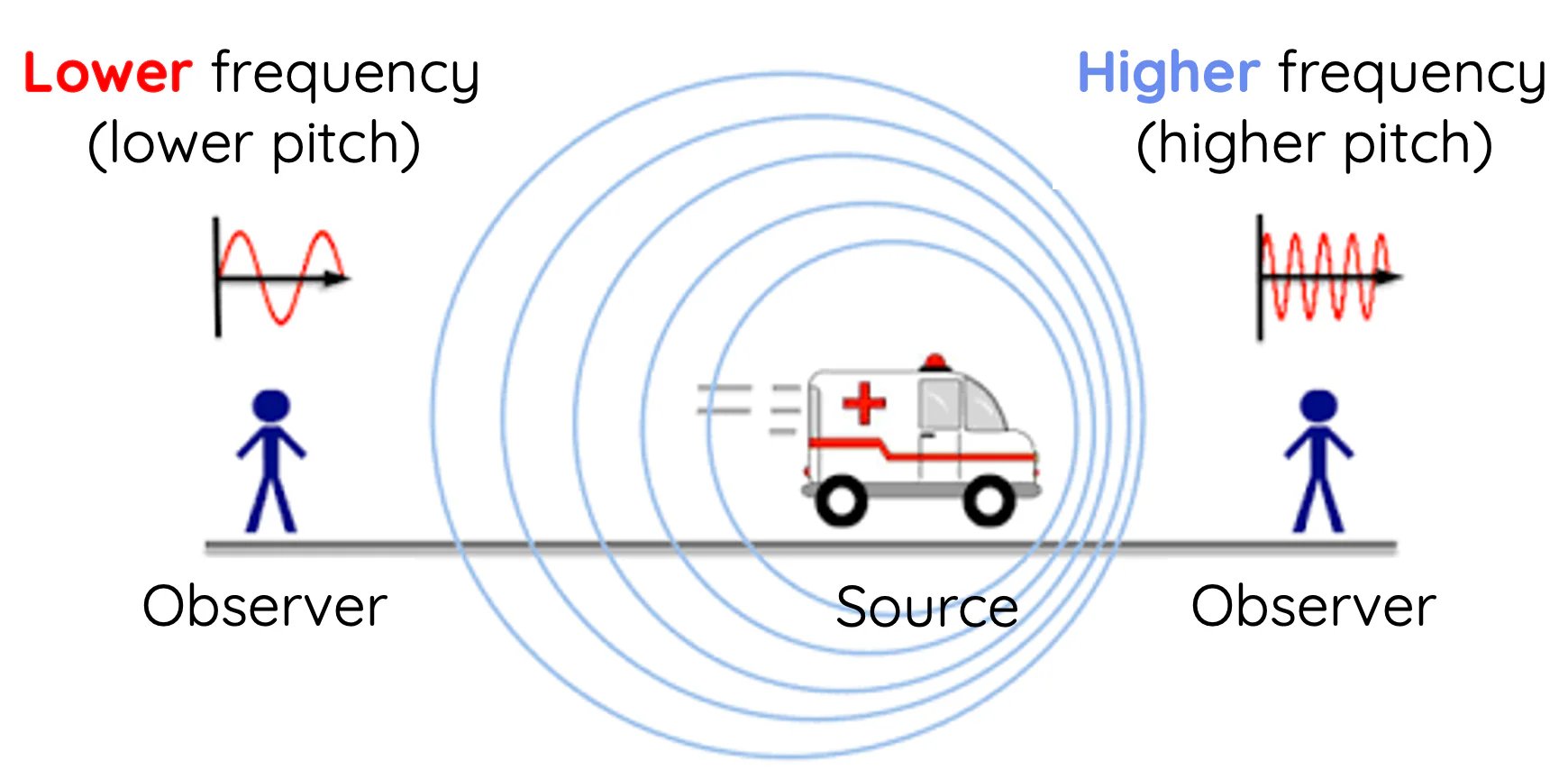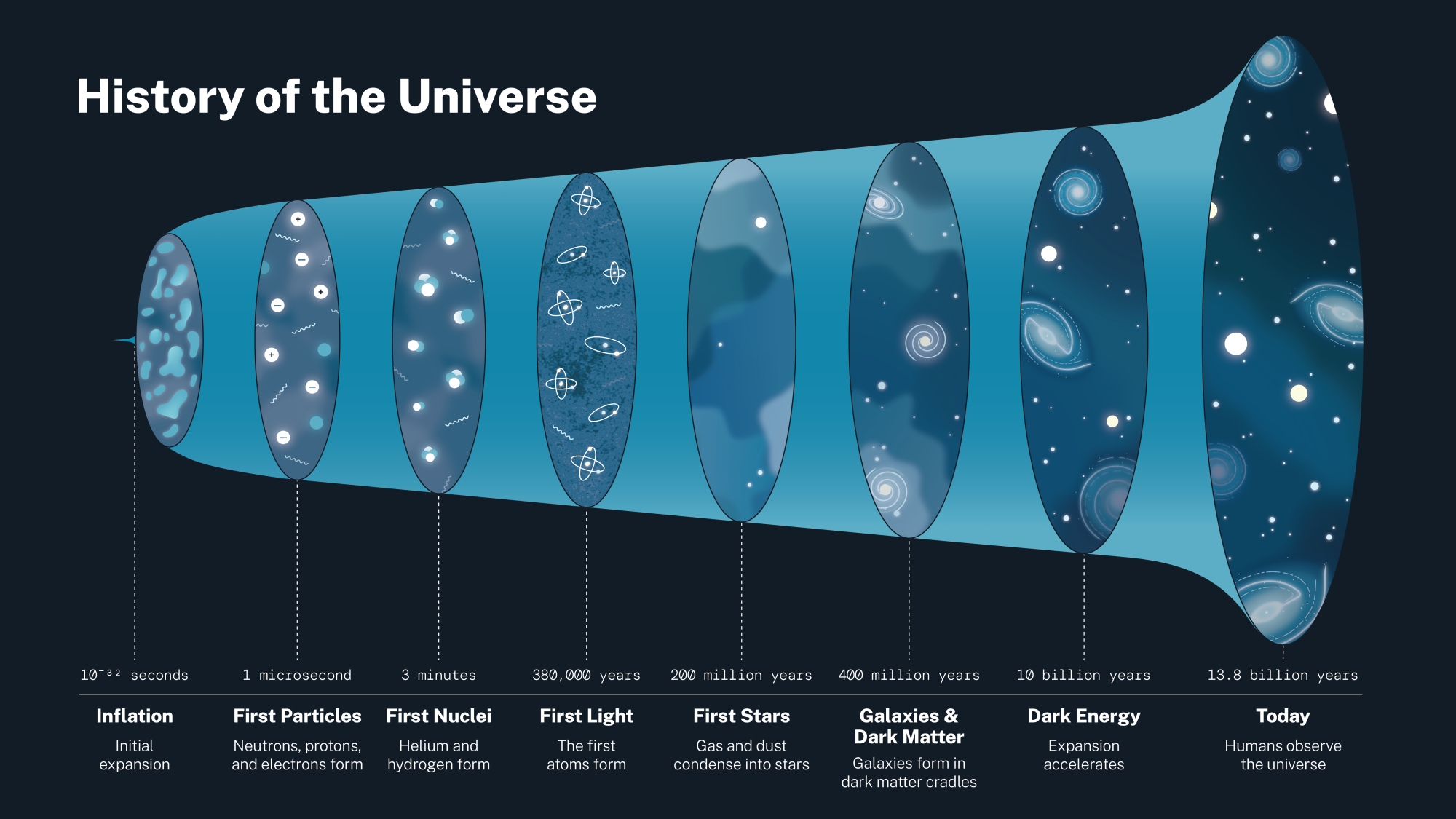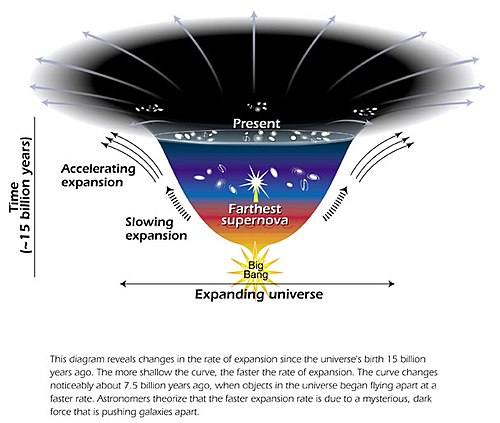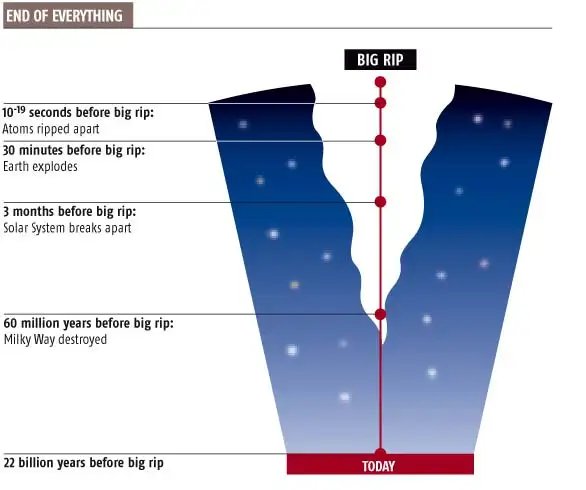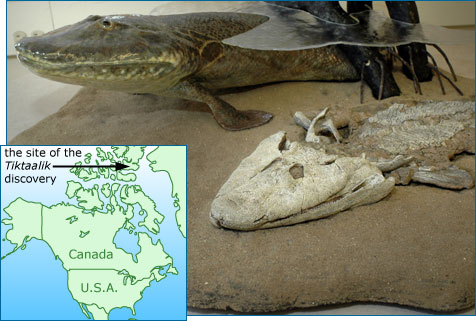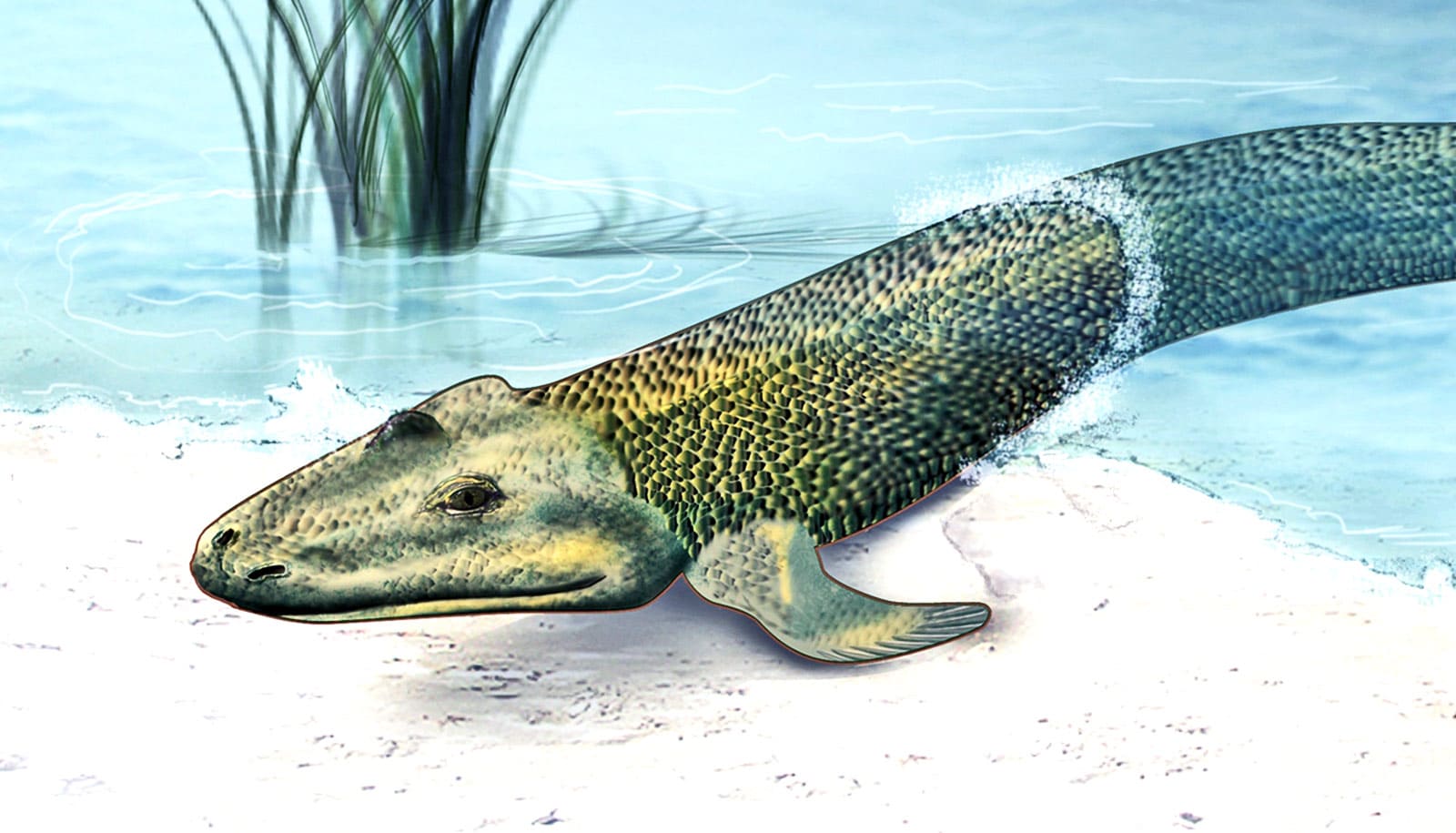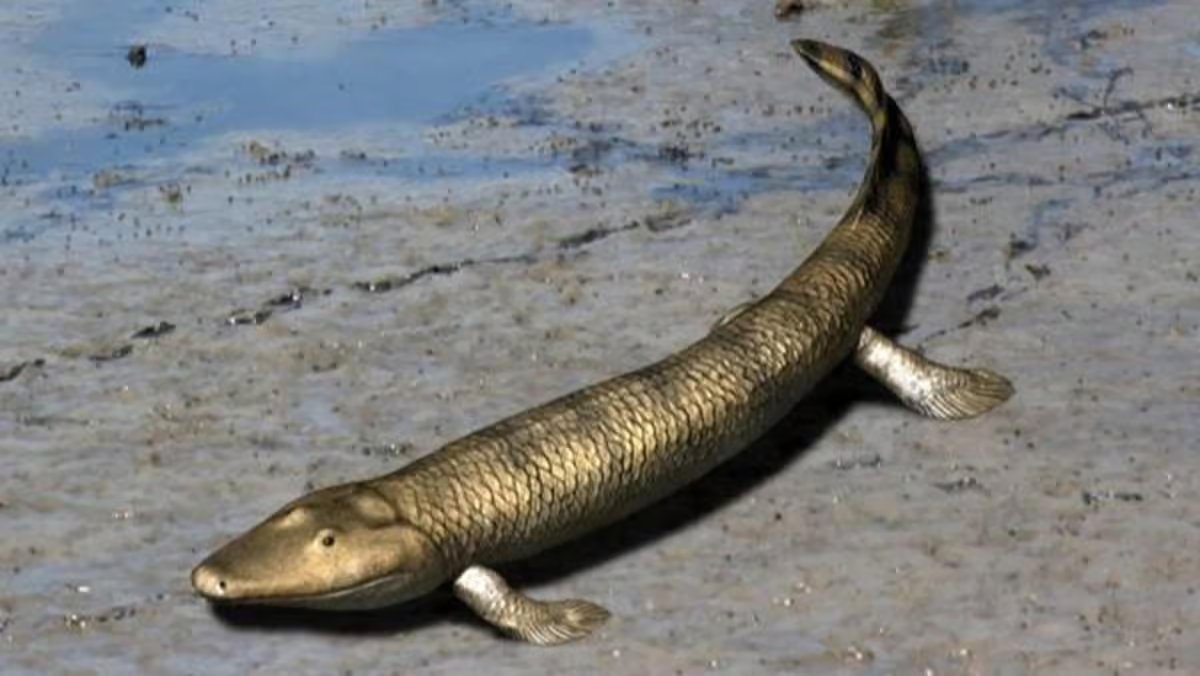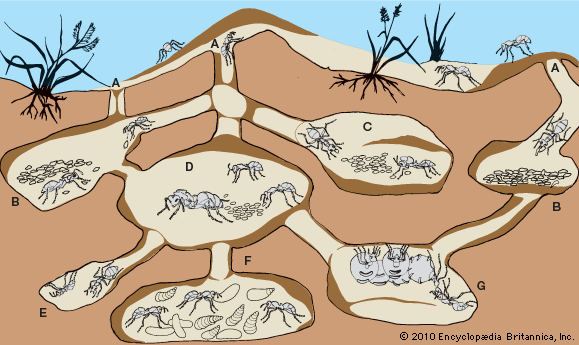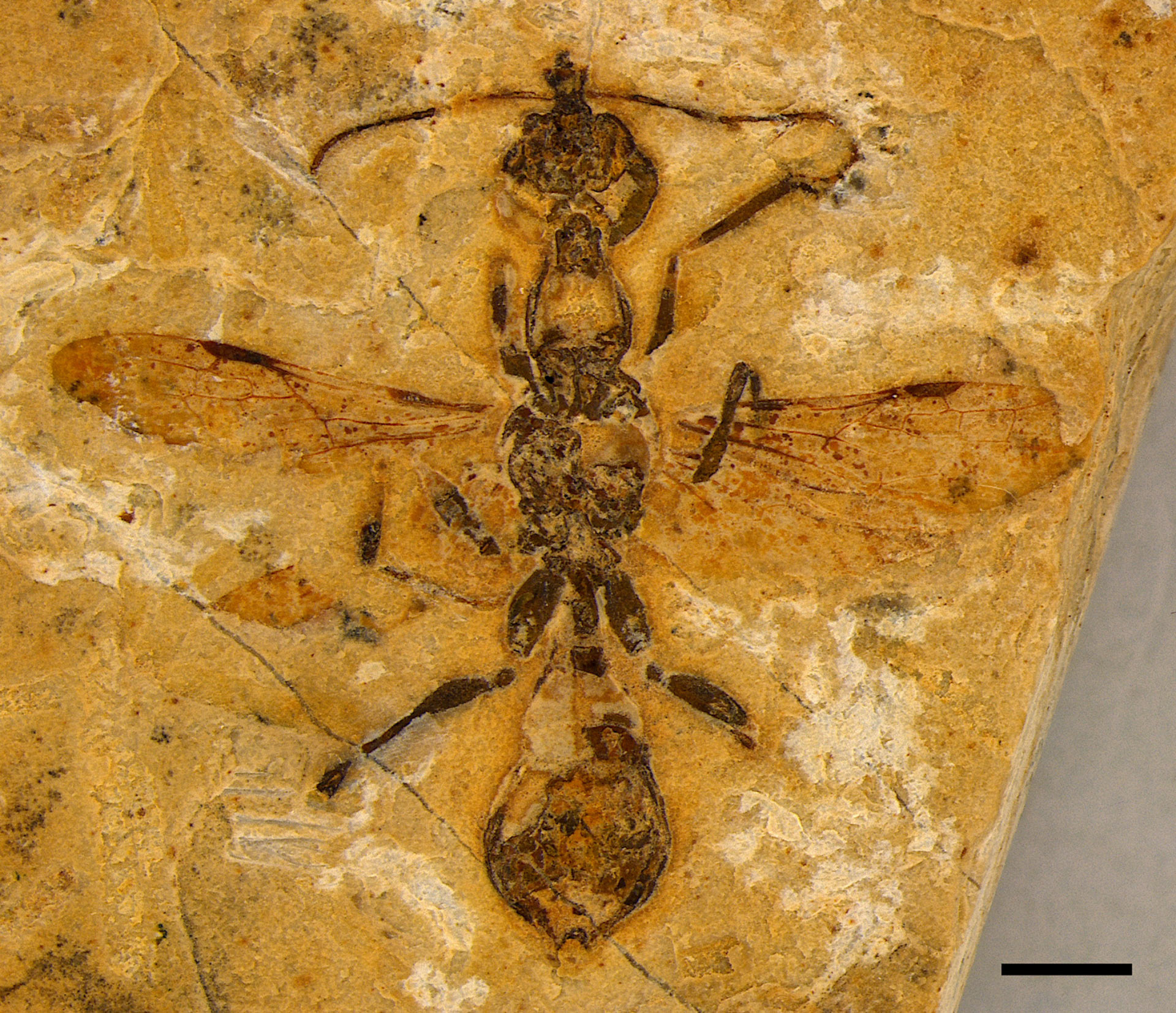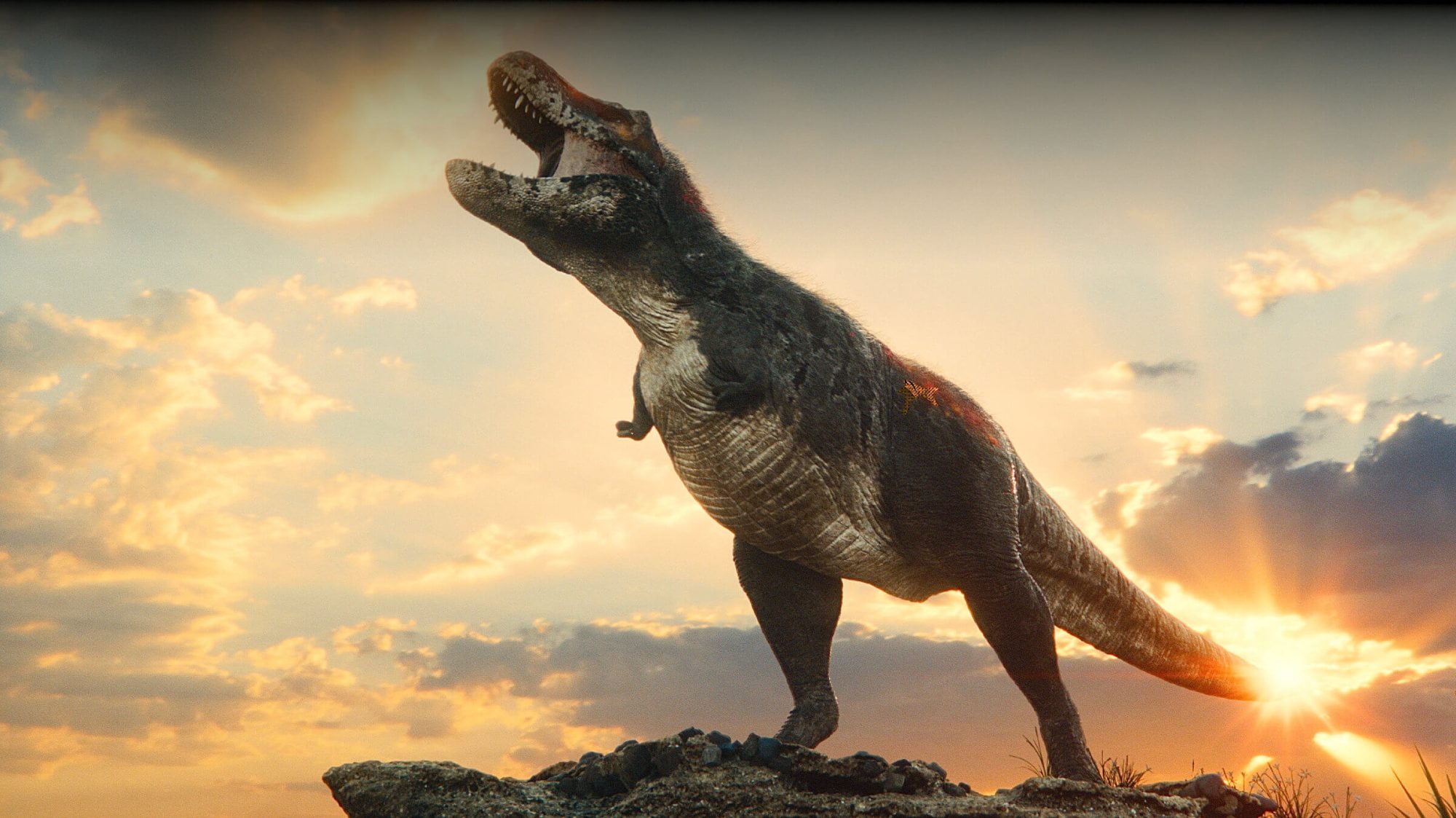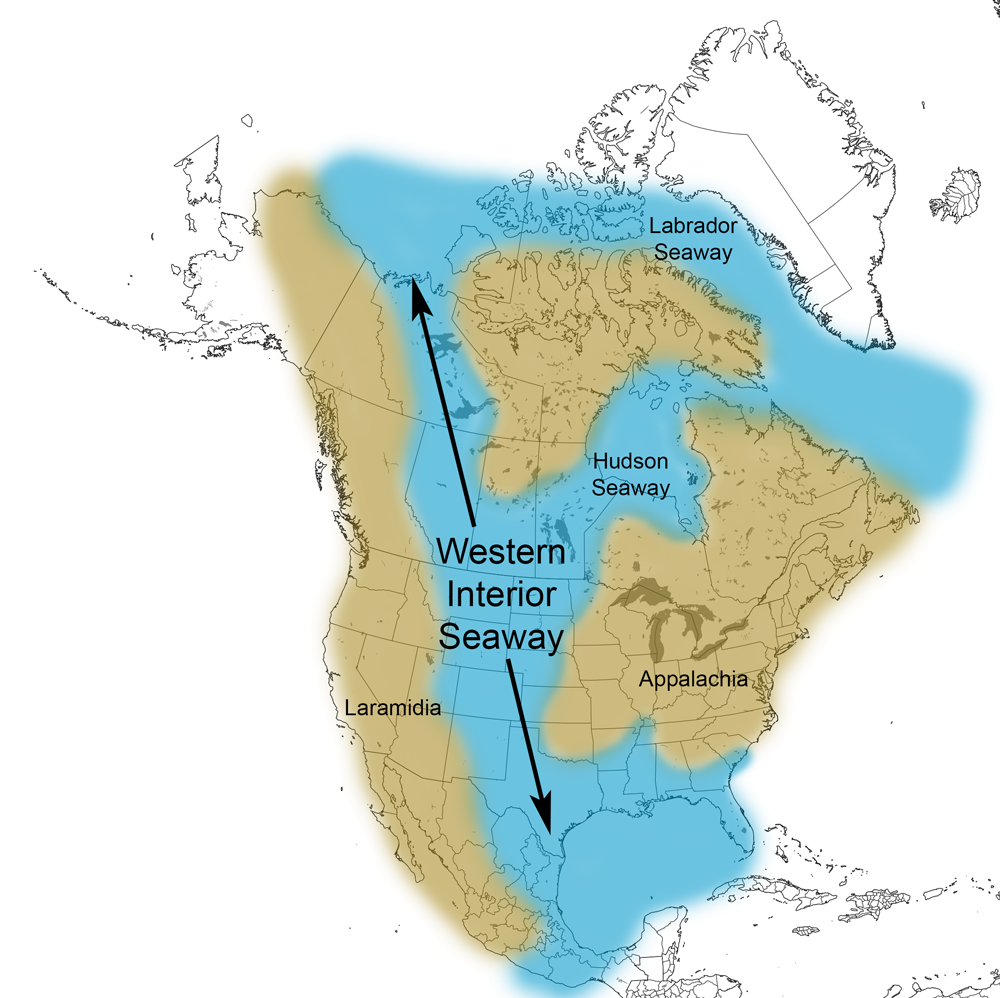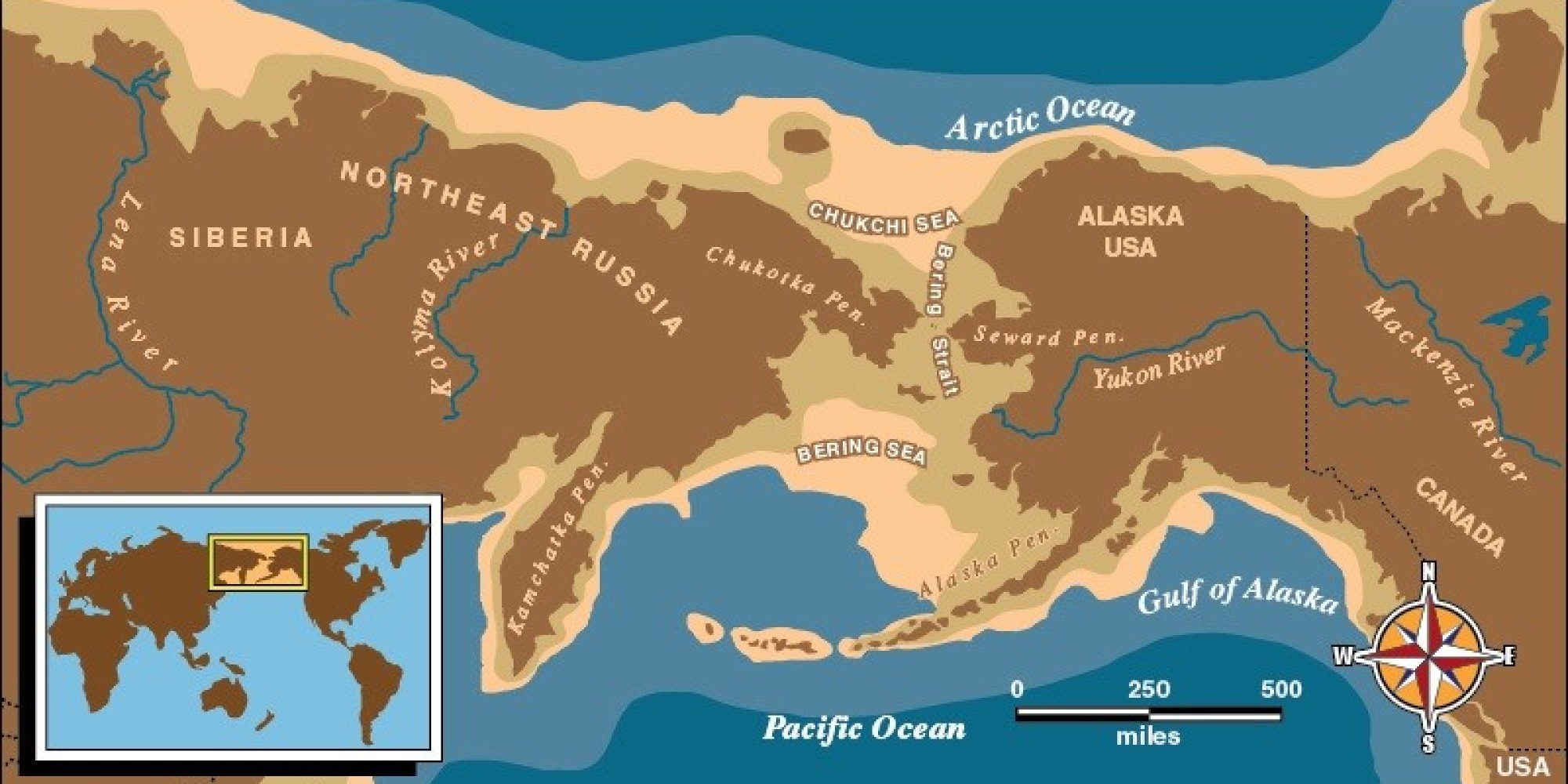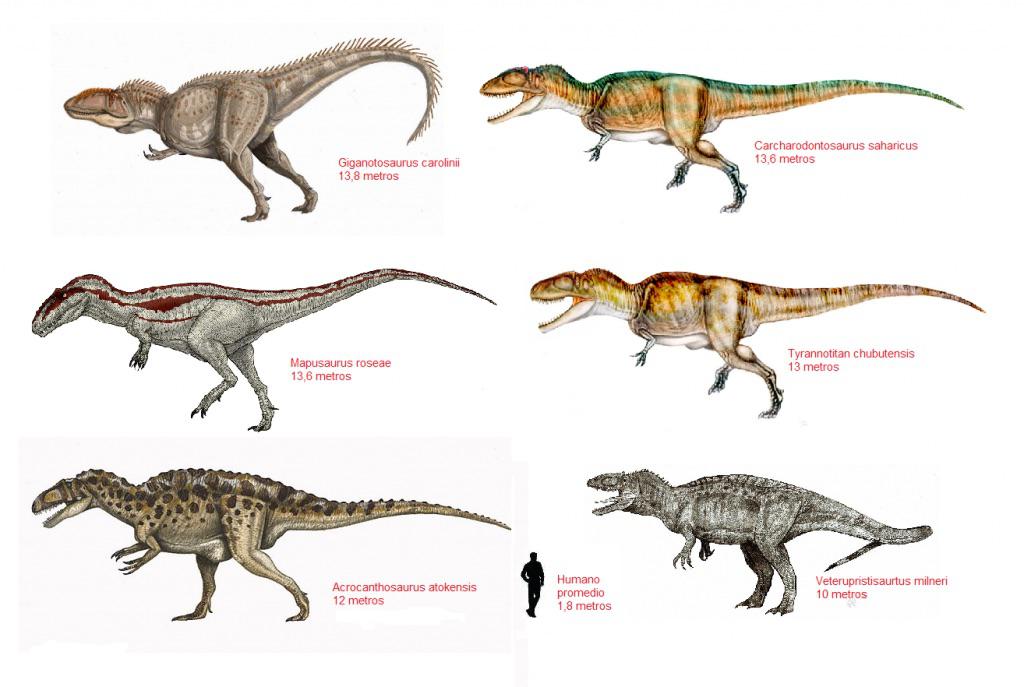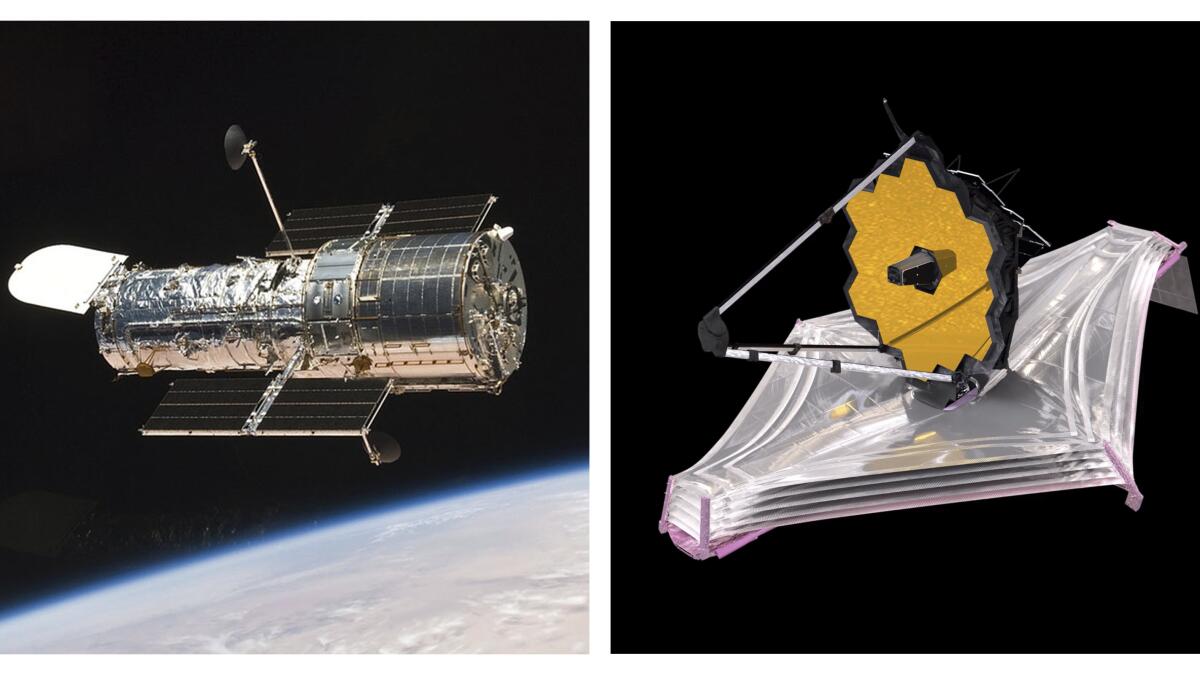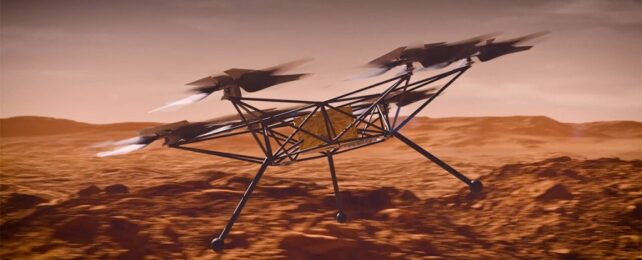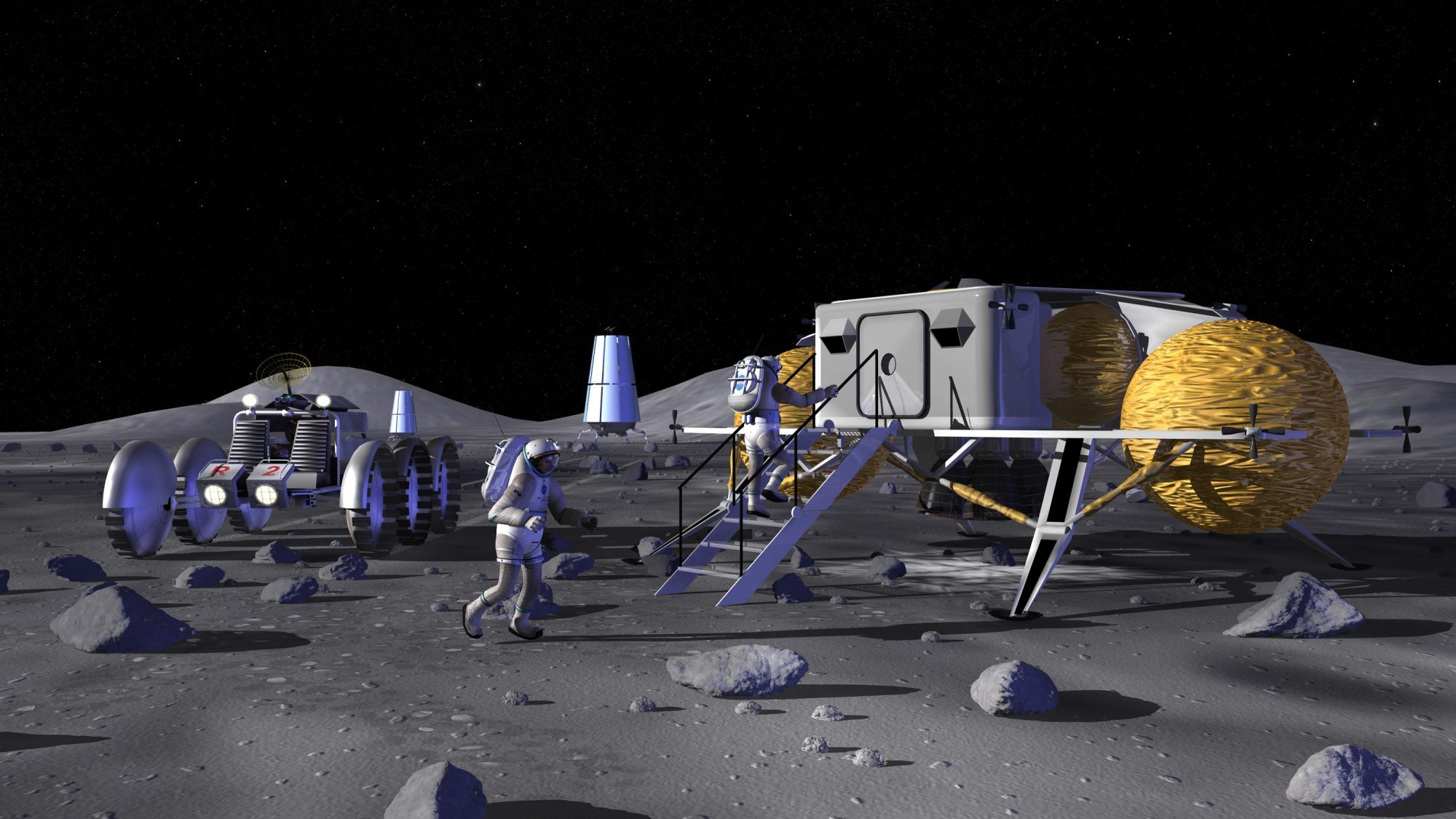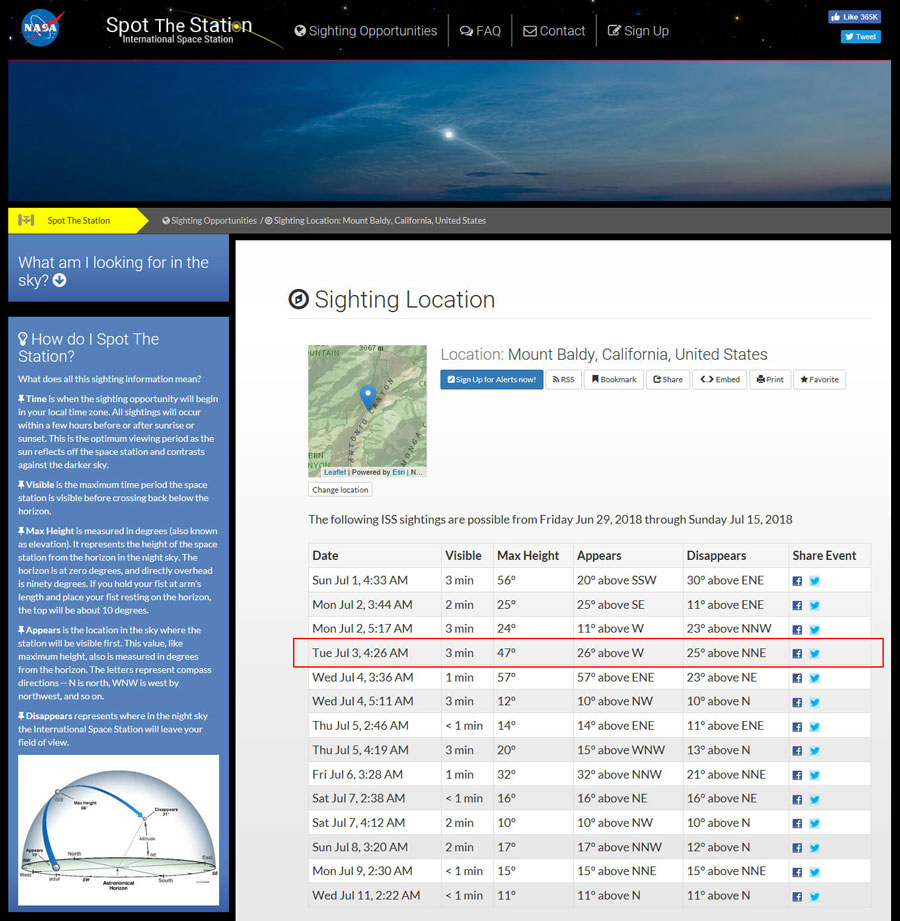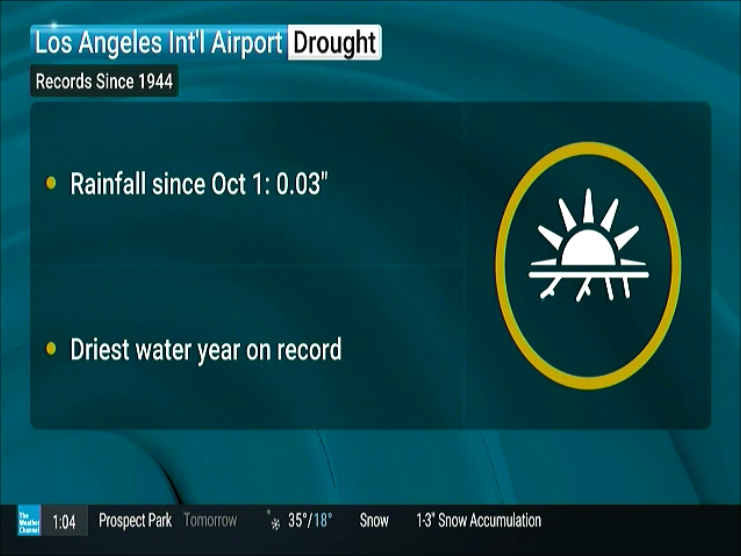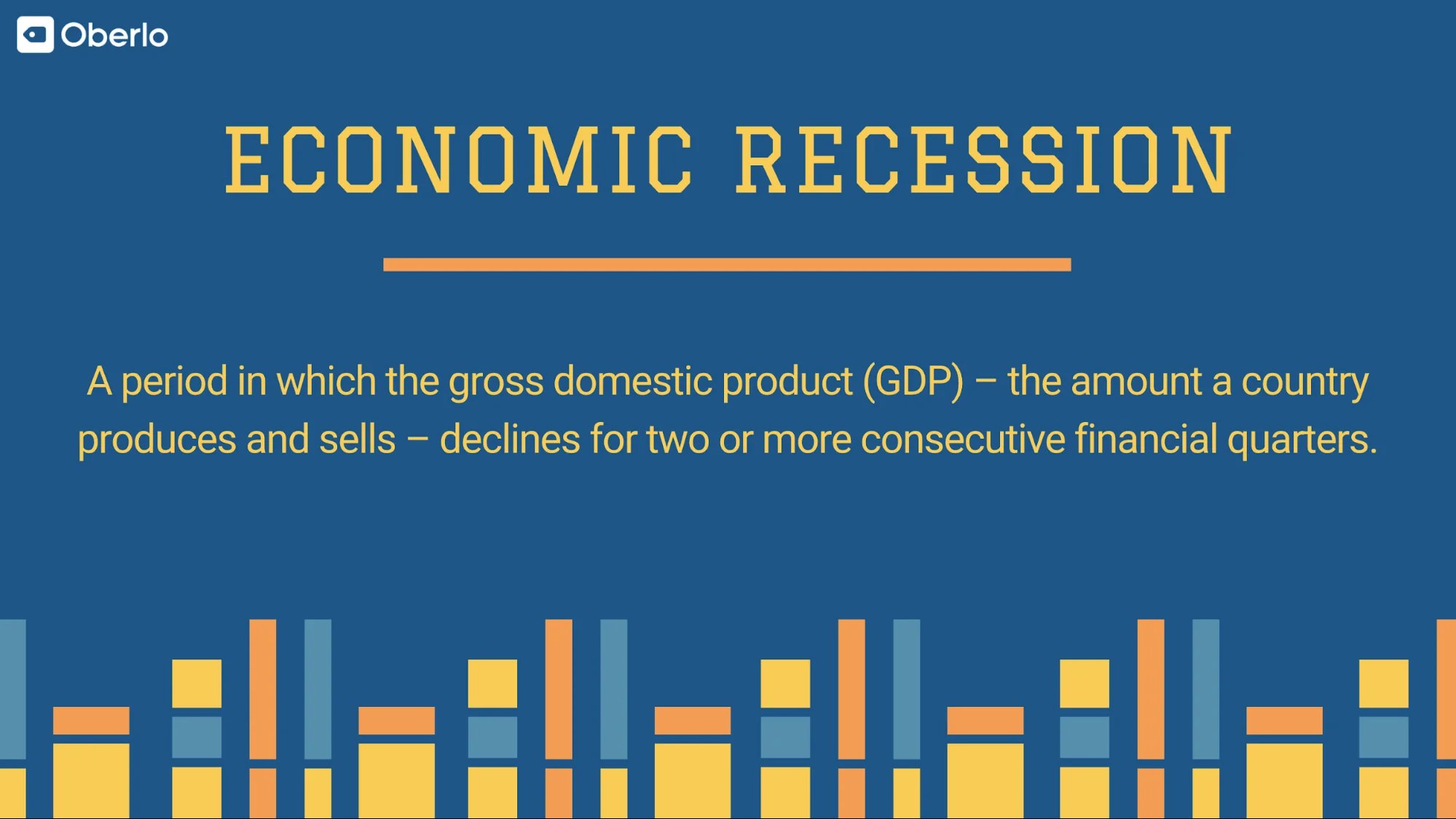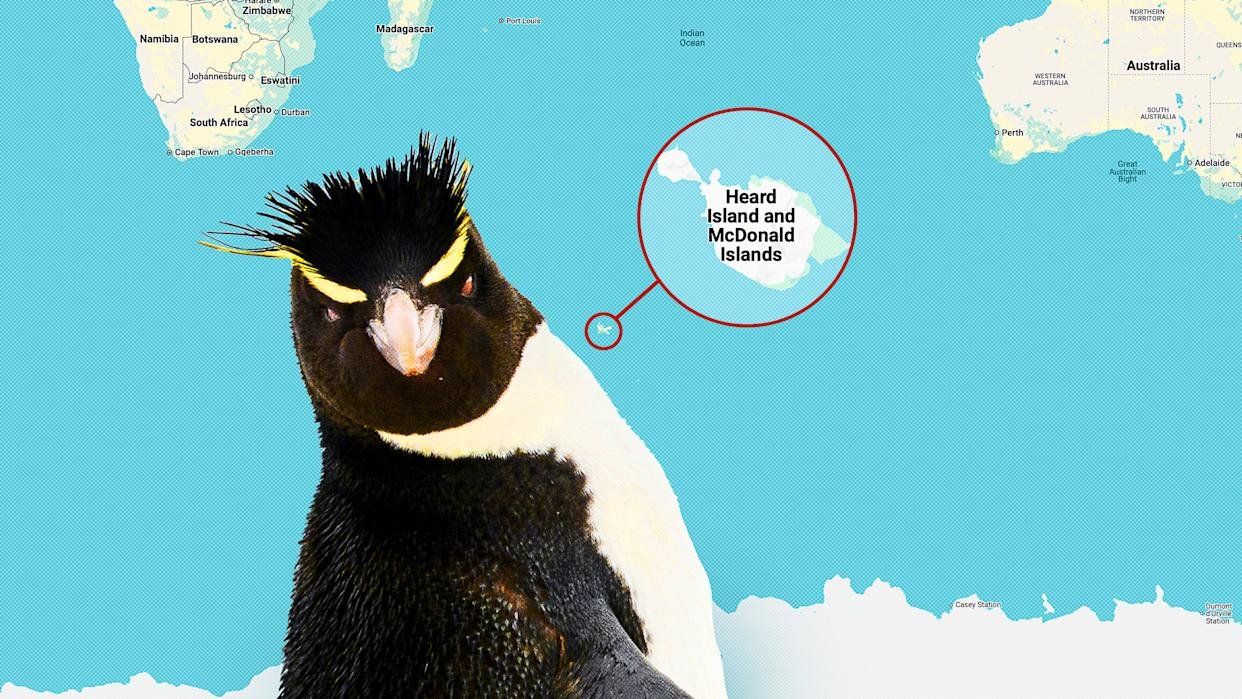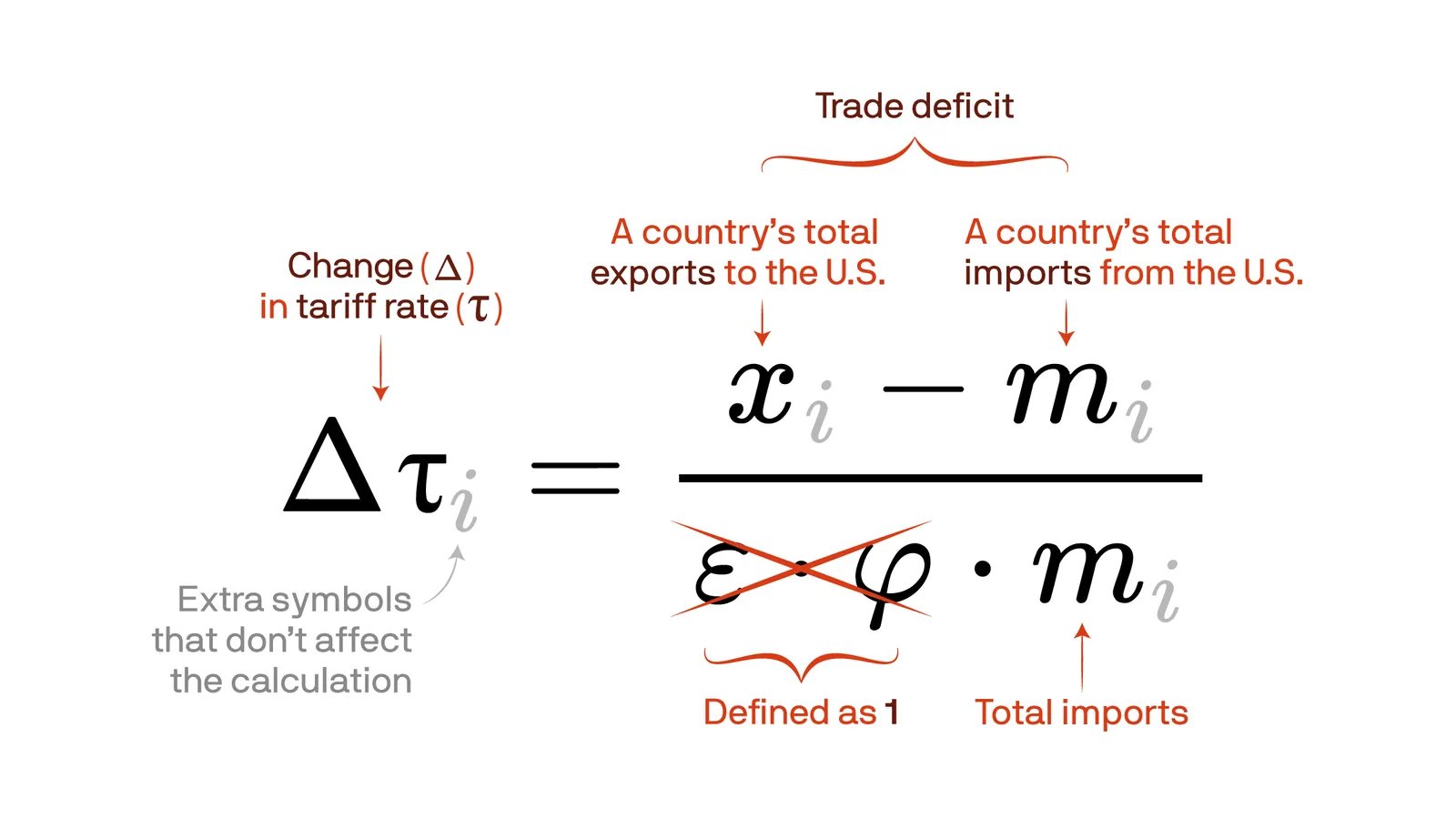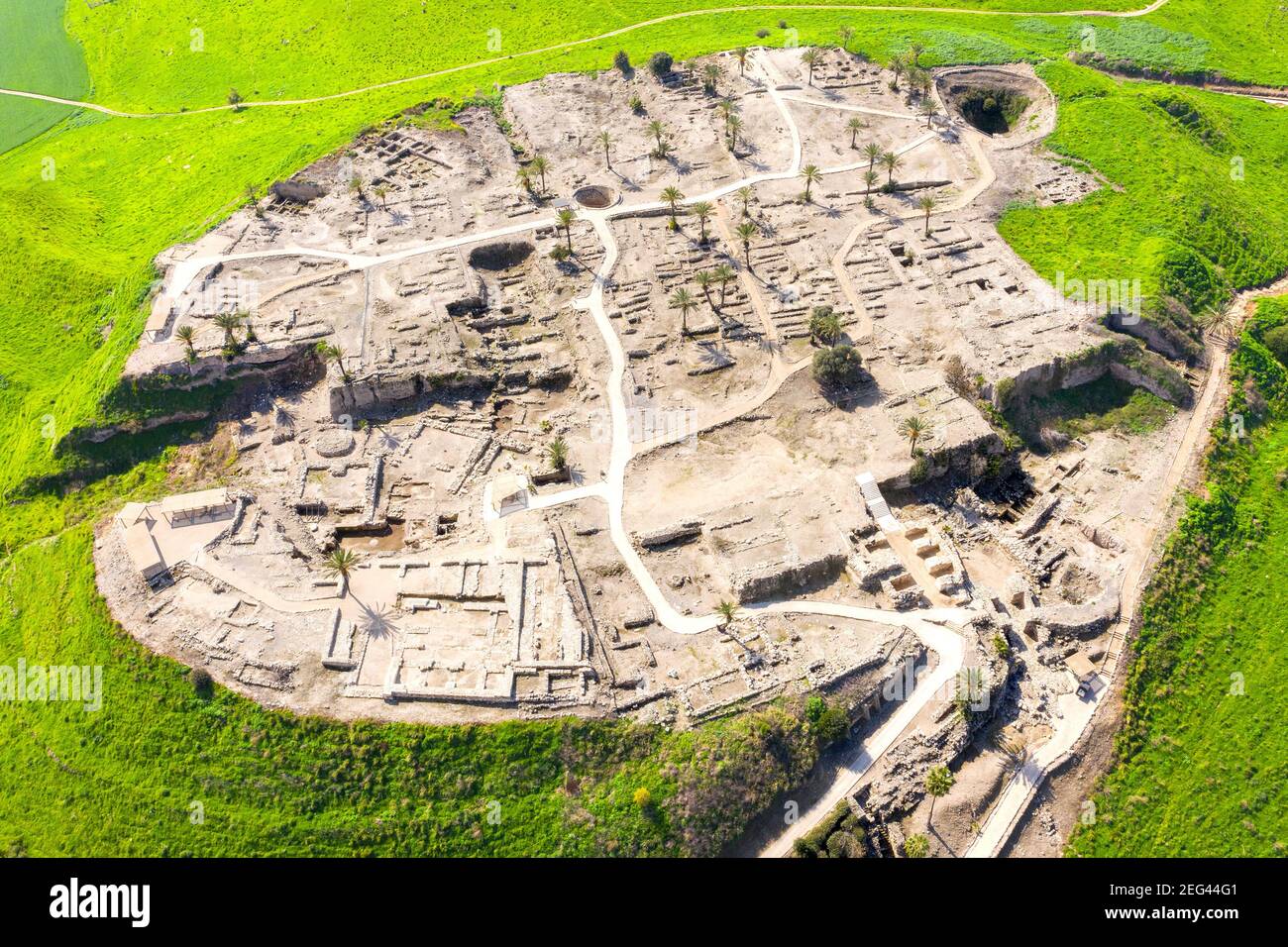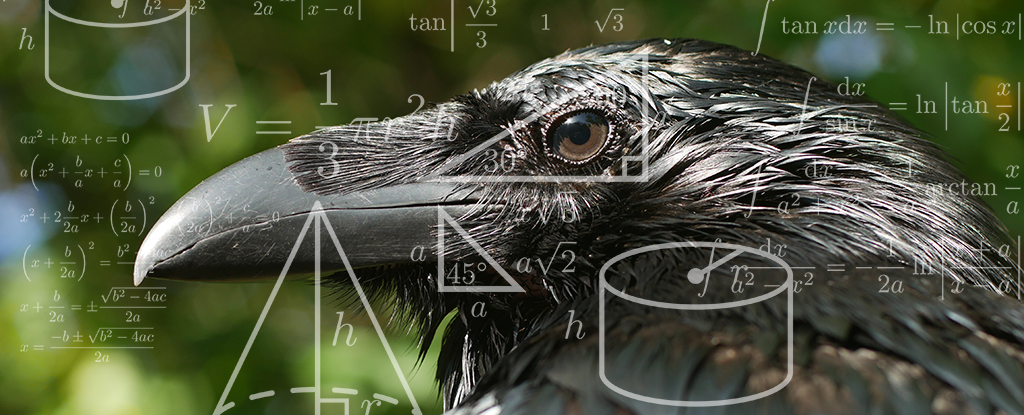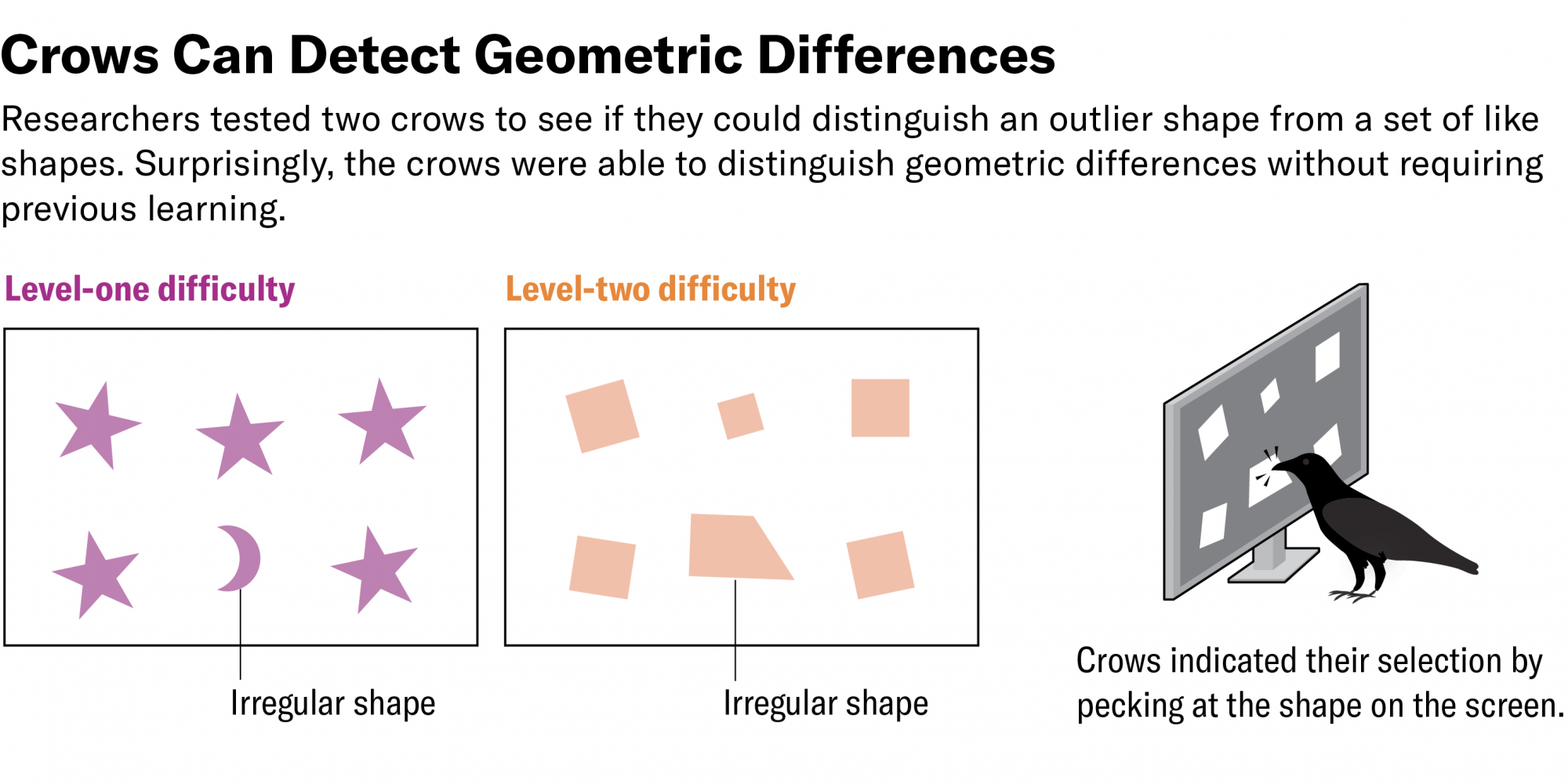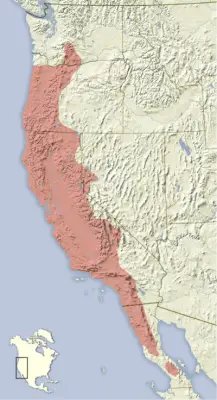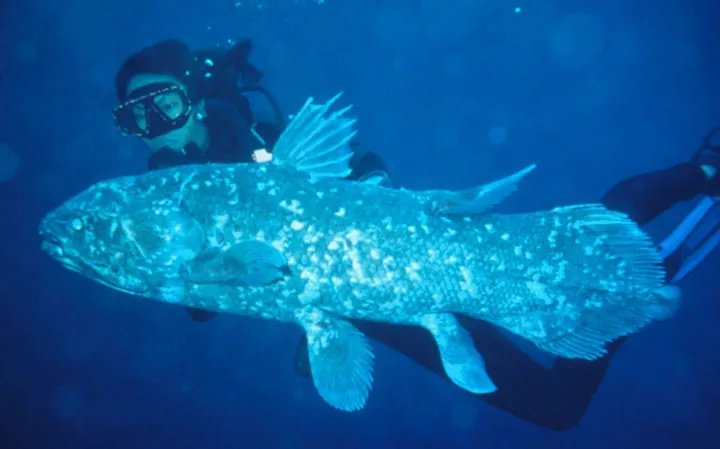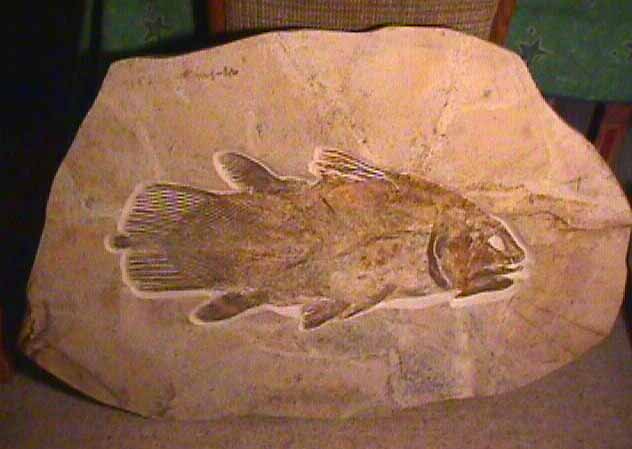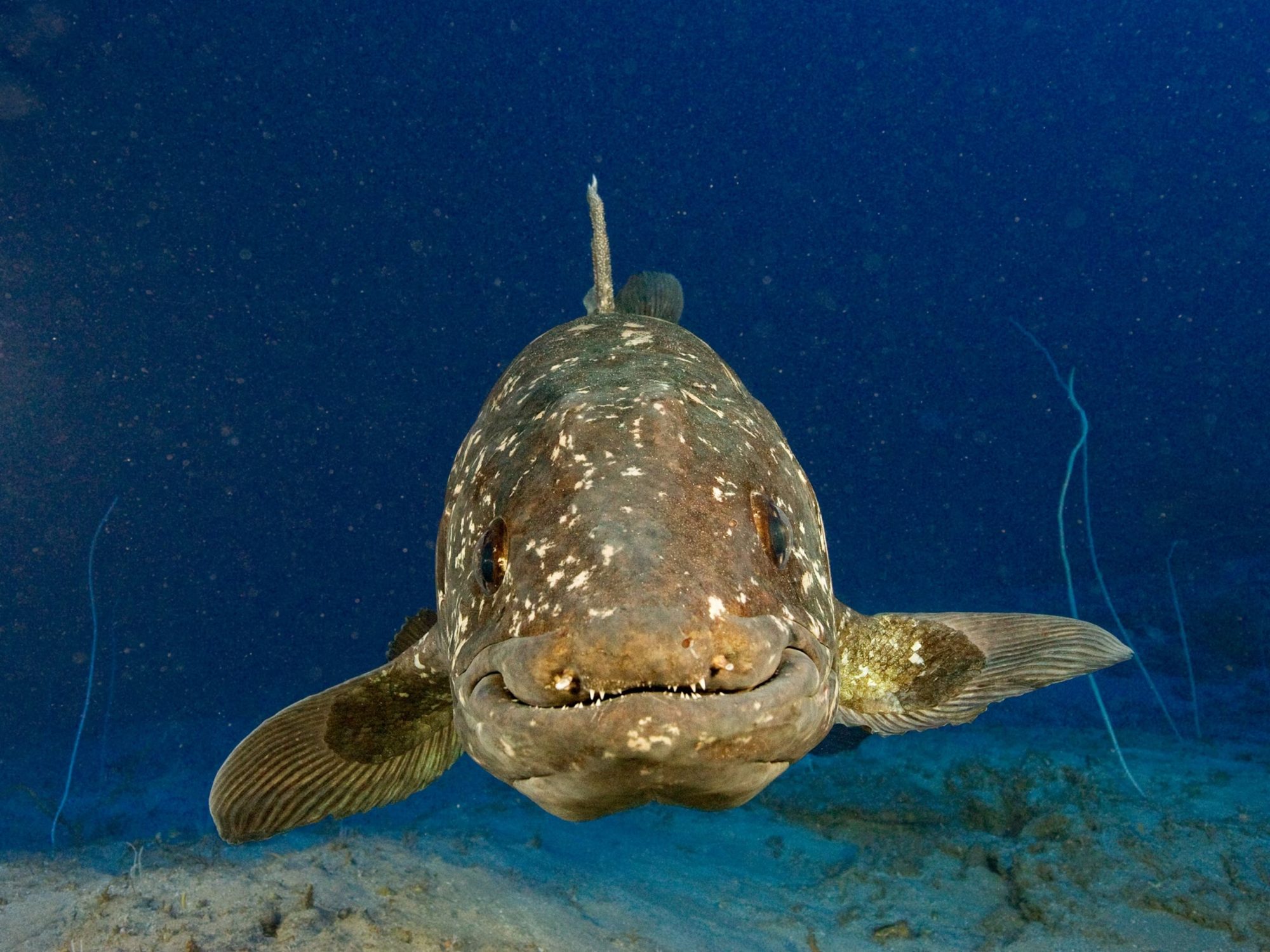The last two years, 2023 and 2024 have been simply the hottest years ever recorded for our planet with last year being so hot that the planet as a whole broke the 1.5ºC above the pre-Industrial averages limit that scientists are convinced will bring on worldwide disasters. In fact every month since July of 2023 has been hotter than 1.5ºC above the world’s average for that month during the 19th Century. This year the world’s temperature was expected to moderate slightly as an El-Ninó condition in the Pacific being replaced by a La Niná but the steady rise in temperature due to our continued emissions of greenhouse gasses meant that 2025 would still be hot, just hopefully not as hot as 2025.

Nevertheless 2025 has already had its share of weather related disasters, from the wildfires that swept Los Angeles to major flooding events to severe outbreaks of Tornadoes. Hurricane season is just beginning, and this year is expected to be a busy one, and already the US has suffered from numerous episodes of severe weather strengthened by climate change.

The year was only a few days old when the first disaster suddenly struck in the form of a series of wildfires that broke out in Los Angeles and surrounding communities. Within hours two of the fires, the Palisades and Eaton fires had destroyed hundreds of homes and would go on burning for weeks destroying more than 16,000 structures. The total damage caused by the LA fires as a whole has been estimated to be somewhere between $35 and $45 Billion dollars making it the third costliest natural disaster in US history after only Hurricanes Katrina ($102 Billion) and Ian ($56 Billion).

Now LA has often the location for wildfires as its long dry summers cause vegetation in the nearby hills to die and the Santa Ana winds from the north both fuel and spread whatever flames get started. The extreme severity of this year’s fires however were undoubtedly due to climate change as last summer’s heat and drought set records throughout the southwestern US. Even the strength of the Santa Ana winds was above average, helping to spread the fires further and faster than in other years. The added strength of those winds is again likely due to climate change caused by greenhouse gas emissions.

Then, starting in April it was the middle of the country’s turn as a series of severe storms caused destruction from Texas in the south to Illinois in the north, from Colorado in the west to Georgia in the east. Springtime in those areas often brings strong storms and tornadoes as warm, moist air from the Gulf of Mexico moves north and runs headlong into dry, cool air coming down from Canada. That’s why the plains states are known as tornado alley.

Thanks to global warming however the both the water and the air of Gulf set records for high temperatures last year leading to increased ocean evaporation that supercharged with moisture the air before it moves north. With record amounts of both water vapour and energy this year’s storms have triggered massive flooding and catastrophic winds, both tornado and straight line, that have been causing destruction on an almost daily basis.
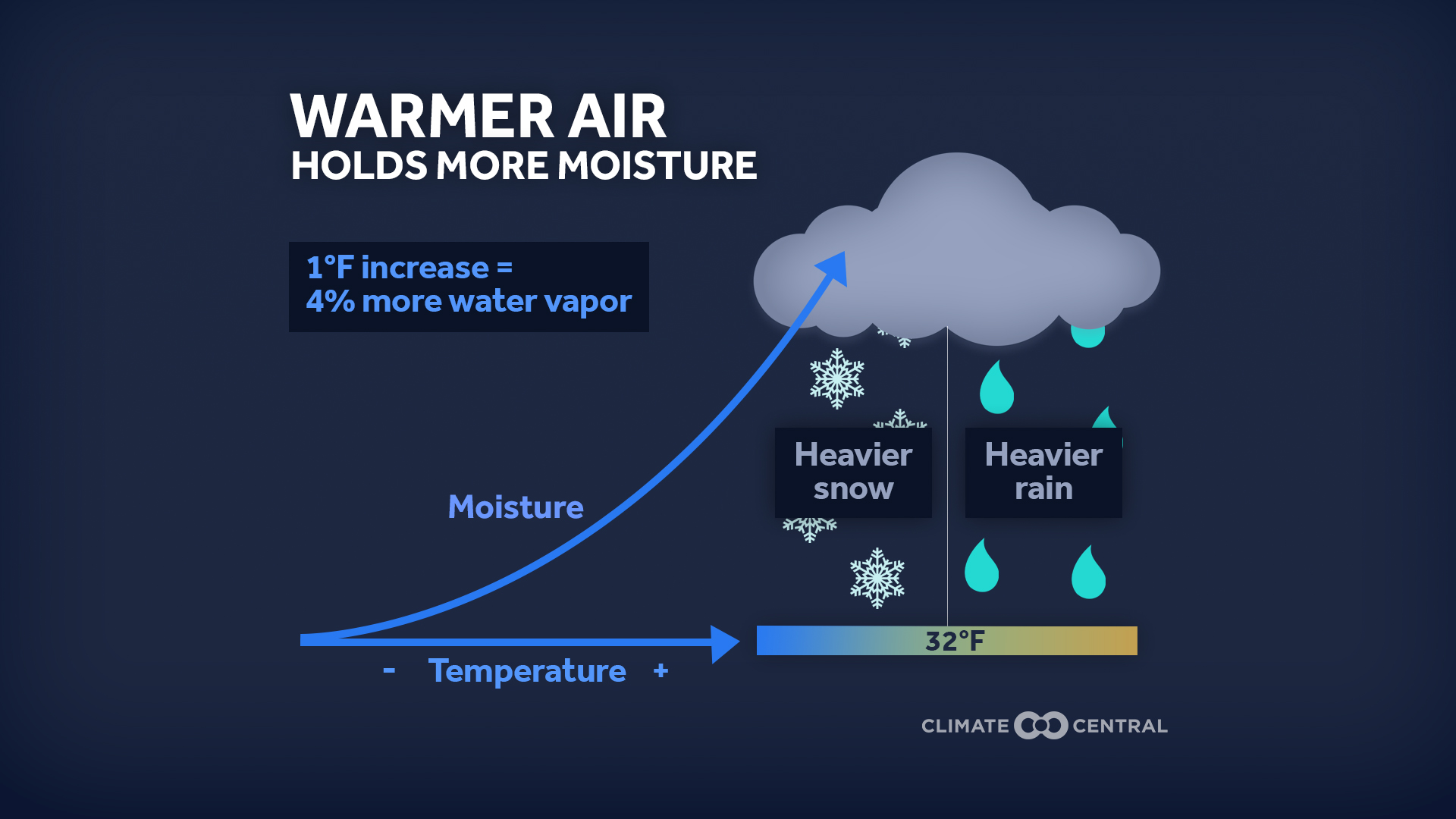
The twin calamities of tornado winds and rising floodwaters can even leave people not knowing how to protect themselves. Think about it, in a tornado warning you are supposed to get underground for protection but in a flash flood warning you need to get as high up as possible. What do you do when both warnings are issued for your location at the same time? This is something that has happened over a hundred times so far this year.

From the 3rd to the 6th of April a series of storms lashed the Mississippi valley leading to numerous flood and tornado warnings. The flooding was responsible for more than eight deaths while hundreds if not thousands of homes were damaged. Then, just a little more than a month later on the 15th and 16th of May another series of storms unleashed dozens of powerful tornadoes. One tornado moved through the city of St. Louis killing 5 and destroying over 5,000 structures. Another tornado struck the town of London, Kentucky killing 18. While those days may have seen the greatest number and intensity of tornadoes so far this year nearly every day since March there has been a handful of tornado and severe storm warnings issued by the National Weather Service.

Meanwhile to the north fire season in Canada is well underway with over a hundred and thirty wildfires burning over eight million acres of forest, an area greater than the size of the state Delaware. Those same winds that are triggering the tornadoes are now bringing the smoke from those fires south into the US impacting the health of millions of people. Because of this air quality alerts have now joined tornado warnings, flash flood warnings and severe weather threats as a daily occurrence somewhere in this country.

Of course the biggest weather related disaster of the year continues to unfold in the hill country of central Texas where tremendous rainfall caused the Guadalupe River to rise by 10m in an hour in some places. In addition to the homes that damaged or carried away there were several summer camps along the riverbanks whose campers apparently did not receive adequate warning of the floodwaters rising around them. At present more than 134 people are confirmed dead while another 100 are still missing, making this flood one of the deadliest in the last century.

While there can be little doubt that global warming played a role in the intensity of the flooding in Kerr, County and its surrounding area there is more to the story than just climate change. For years residents along the Guadalupe have asked their state government to set up a network of sirens along the river to warn people in the event of a flood, which the river has a long history of. Those requests have gone unanswered by a state legislature that is more interested in keeping out illegal migrants than protecting its citizens from natural disasters.

Also, thanks to Trump’s recent budget cuts FEMA’s response to the disaster has been severally criticized. All in all the disaster in Texas highlights the way politicians whose greatest concern is low taxes and small government are putting people’s lives at risk. The only thing such politicians are willing to spend on the people who suffer because of their incompetence is ‘thoughts and prayers’.

Now we have the start of Hurricane season, and again this year is forecast to be above average. Not that that means wildfire season or tornado season is over. We could easily have forests burning out west and up north at the same time that tornadoes are ravaging the middle of the country all while hurricanes are slamming into the Gulf or Atlantic coasts.

Global warming caused by our emissions of greenhouse gasses is making the entire world hotter and heat is a form of energy, a particularly violent form of energy. If we don’t stop it these disasters are only going to get worse.


